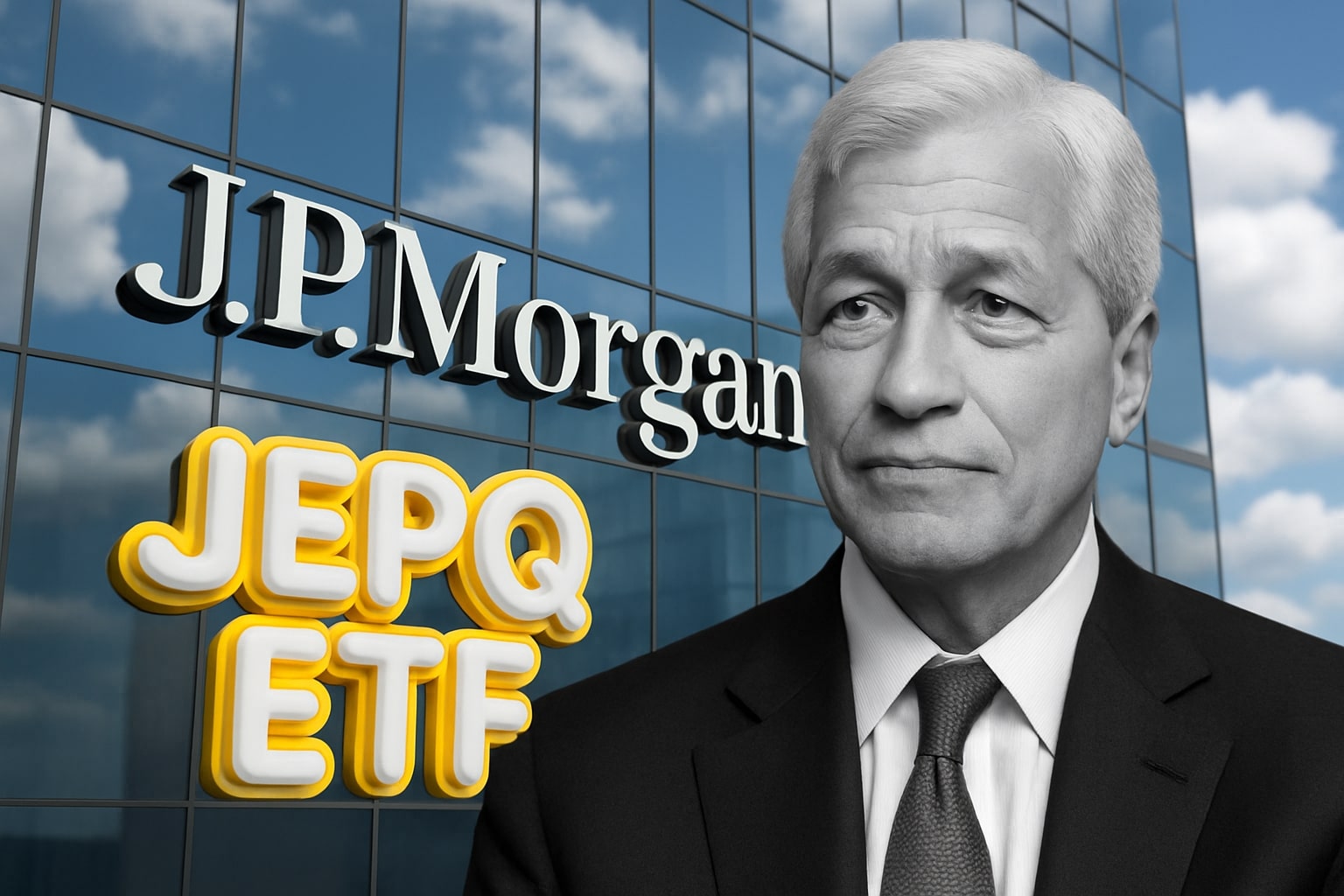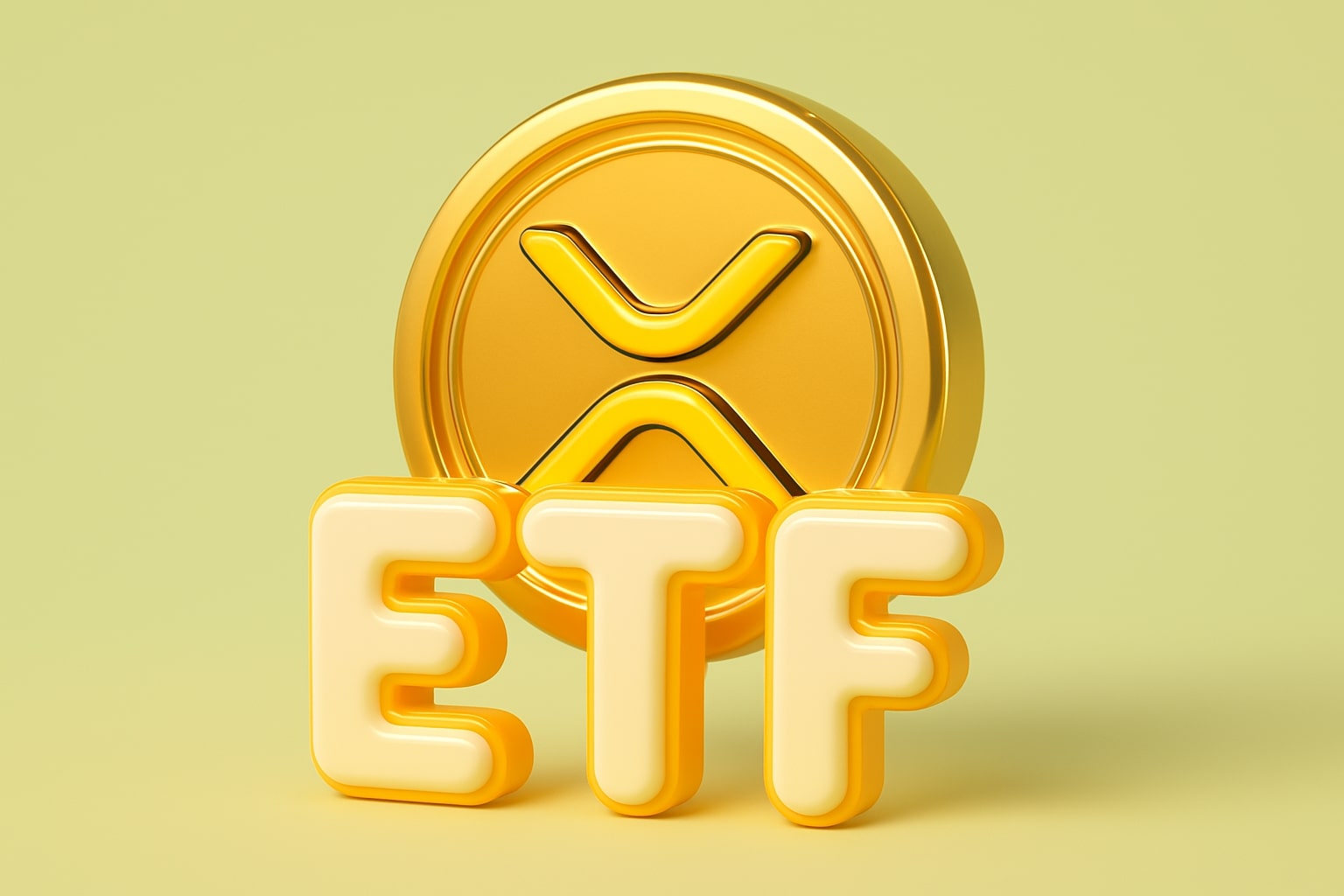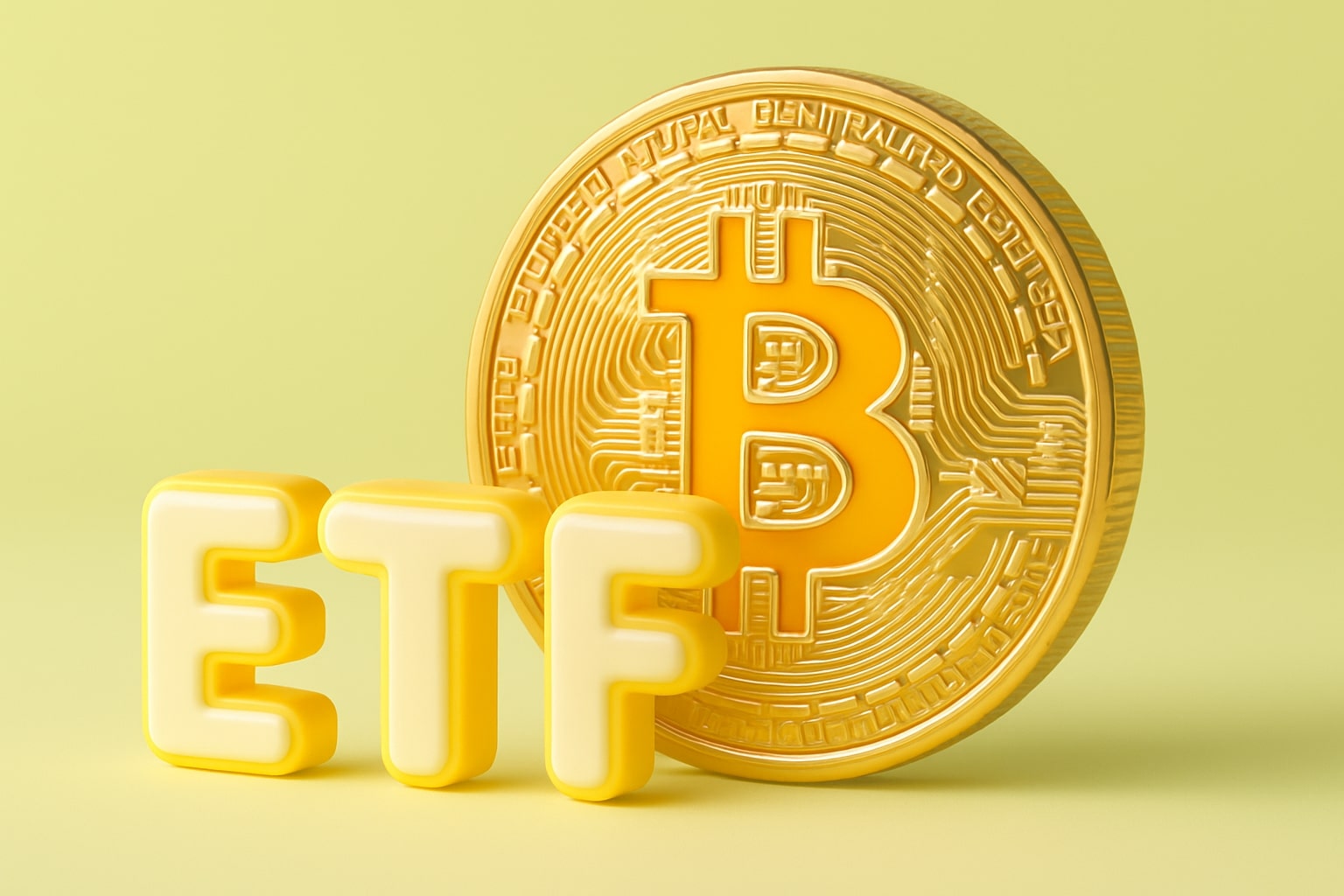
QQQM ETF Climbs on $5T Nvidia Surge and $4T Microsoft, Apple Milestones as AI Momentum Lifts Nasdaq
Trading at $251.06 with $67.68B AUM and 0.15% expense ratio, QQQM mirrors the Nasdaq-100—driven by Nvidia, Microsoft, and Apple’s AI expansion amid Fed uncertainty | That's TradingNEWS
NYSEARCA:QQQM — Tech Titan ETF Balances Volatility and Value at $251 Amid AI Momentum and Fed Uncertainty
The Invesco NASDAQ 100 ETF (NYSEARCA:QQQM) closed at $251.06, slipping 0.31% on November 7, before a mild after-hours recovery to $252.06 (+0.40%). Despite short-term weakness, the fund remains a dominant instrument for exposure to America’s largest technology companies—those shaping artificial intelligence, computing, and digital infrastructure. With $67.68 billion in assets under management, a 0.15% expense ratio, and over 107 holdings, QQQM mirrors the Nasdaq-100 Index but delivers the same exposure as QQQ at a lower cost, making it an increasingly favored institutional vehicle.
Concentration Strength and Risk: $5 Trillion Giants Drive Over Half the Fund
At the current price level, QQQM reflects a market heavily influenced by its top holdings: Nvidia (NVDA), Microsoft (MSFT), Apple (AAPL), and Alphabet (GOOG) collectively account for over 26% of the ETF’s weight. Nvidia’s market capitalization recently surpassed $5 trillion, with new sovereign chip deals in the UAE worth up to 500,000 AI units annually, while Microsoft and Apple each breached $4 trillion in value following AI and device ecosystem expansions. These giants are the heartbeat of QQQM’s returns, powering its 19.53% five-year sales growth rate and 22.17% one-year expected EPS growth. Yet, this concentration also exposes investors to volatility; the top 10 stocks represent 55.68% of fund weight, implying low diversification but high directional power when mega-caps surge.
AI Capital Expenditure Cycle: Nvidia, Microsoft, and Apple Anchor QQQM’s Momentum
AI spending continues to propel QQQM’s core assets. Nvidia’s chip supply deals with Meta, Oracle, and Tesla reinforce dominance in the compute cycle, while Microsoft’s rollout of Copilot integration across Windows 11 and upcoming AI-PC refresh cycles could unlock revenue growth across its ecosystem as 40% of global PC users still rely on Windows 10. Apple, lagging in AI adoption earlier this year, now regains momentum as its upcoming AI-enhanced iOS ecosystem and Prompt AI acquisition plans point to a major upgrade cycle. Together, these catalysts reinforce QQQM’s exposure to the AI supply chain—hardware, software, and consumer interfaces—positioning the ETF as a pure proxy for U.S. technology expansion.
Risk-Reward and Technical Signals: Institutional AI Models Identify $241.51–$256.96 Range
Predictive AI trading models outline QQQM’s near-term trading corridor between $241.51 (support) and $256.96 (resistance). The 20.9:1 risk-reward ratio suggests downside risk of 6.0% versus minimal 0.3% near-term exposure. Short-term sentiment remains weak, but the mid- and long-term signals are strong, pointing toward $262.85 as the medium-term resistance zone. The current setup highlights an opportunity for accumulation near $245–$248, with momentum breakout triggers above $251.47 and stop-loss protection at $250.77. Institutional algorithms have identified this range as a low-beta entry zone before potential December Fed rate clarity.
Comparative Performance: QQQM vs. Large-Cap Growth Peers
Compared to similar ETFs—QQQ, SCHG, VUG, IWY, and MGK—QQQM’s structural cost advantage and consistent liquidity make it the cleaner vehicle for Nasdaq exposure. Its five-year portfolio beta of 1.34 remains high but manageable given its 26.8% sector profit margins. Over the past decade, QQQM’s returns closely shadow QQQ’s but outperform slightly due to lower fees. Against peers, QQQM trades at 29.73x forward earnings, roughly 14% cheaper than IWY’s 34.34x, while maintaining superior profitability metrics. Its net margin of 25% and free cash flow margin of 19% indicate resilient quality even during tech corrections.
Post-Rebalance Reality: Lower Growth Bias but Healthier Fundamentals
The 2023 Nasdaq-100 special rebalance reduced concentration in Microsoft and Nvidia, adding more mid-tier components to mitigate single-stock risk. Post-adjustment, QQQM leans slightly more toward value without sacrificing tech leadership. While this diluted its pure growth exposure marginally, it improved resilience against drawdowns—visible in its outperformance versus IWY’s 2022 drawdown by nearly 3%. QQQM’s sector allocation—66% in technology, 18% in healthcare, minimal financial exposure—underscores its focus on innovation while maintaining stable defensive weights.
Momentum and Quality: Dual Factors Behind Outperformance
Momentum remains robust across QQQM’s holdings, ranking second-highest among U.S. equity ETFs with similar mandates. Combined with its exceptional quality factor score of 9.40, driven by superior return on assets and efficient cash deployment, QQQM provides a blend of growth and quality not often found in single-style ETFs. The underlying portfolio’s asset turnover ratio of 0.81 and free cash flow yields above 4% suggest long-term earnings durability. Historically, high-quality, high-momentum portfolios have produced positive active returns across three consecutive decades, reinforcing QQQM’s strength during cyclical transitions.
Volatility Metrics and Institutional Participation
The ETF’s exposure to high-beta stocks means short-term swings are unavoidable, yet institutional activity reflects steady conviction. AI-generated long-term models assign a “Strong Buy” rating, supported by a quant score of 4.26 and analyst consensus Buy (4.00). Over 40% of Nasdaq Composite inflows since mid-2024 have funneled through QQQM due to its lower cost structure versus QQQ, reflecting its growing institutional adoption. The ETF’s quarterly dividend of $1.25 (0.50% yield) adds minor income, reinforcing its long-hold appeal.
Comparative Value and Fund Overlap
Fund overlap analysis reveals 50–70% alignment with other growth ETFs but limited redundancy beyond the top 20 stocks. The closest parallel, Invesco ESG Nasdaq 100 (QQMG), shares 87% correlation yet charges more with weaker yield. Fidelity’s ONEQ offers higher dividends (0.6%) but lags on growth, while XLG and IVW emphasize mega-cap tilt. For long-term investors targeting liquidity and AI exposure without ESG or thematic filters, QQQM remains the most efficient index-tracking vehicle.
Read More
-
JEPQ ETF Holds $58.82 as Fund Flows Cool and Nasdaq Valuations Stretch
06.12.2025 · TradingNEWS ArchiveStocks
-
XRP ETFs Cross $1 Billion AUM as XRPI and XRPR Lead Institutional Wave
06.12.2025 · TradingNEWS ArchiveCrypto
-
Natural Gas Price Breakout: NG=F Soars to $5.50 on Cold U.S. Weather & LNG Export Boom
06.12.2025 · TradingNEWS ArchiveCommodities
-
USD/JPY Price Forecast - Dollar to yen Slides to 155.60, BOJ Hike Reprice Global Currency Markets
06.12.2025 · TradingNEWS ArchiveForex
Macro Impact: Fed Policy and Sector Rotation Risk
Jerome Powell’s late-October remarks, signaling uncertainty around the December rate cut, briefly pressured tech valuations. Yet the Nasdaq Composite Index and QQQM both advanced 5% in early November, showing market confidence that tech’s structural earnings growth can offset policy drag. The broader Morningstar US Technology Index’s 167% gain since the 2022 bull market start—double the U.S. market’s return—underpins QQQM’s resilience. Even in risk-off phases, capital flows tend to revert to its top holdings as liquidity and earnings visibility remain unmatched across sectors.
Verdict: Strong Buy at $251.06 — Target $265–$270 in Medium Term
The Invesco NASDAQ 100 ETF (NYSEARCA:QQQM) stands as the most cost-efficient gateway to U.S. technology dominance. With AI expansion, strong cash margins, and balanced fundamentals post-rebalance, the ETF retains asymmetric upside potential. Institutional buy signals around $245–$248, coupled with historical performance trends and multi-factor strength, indicate an optimal entry before potential year-end Fed clarity. Based on data, valuation, and sector leadership, QQQM is a Buy with a target range of $265–$270, reflecting expected earnings growth and AI-driven capitalization momentum through early 2026.


















